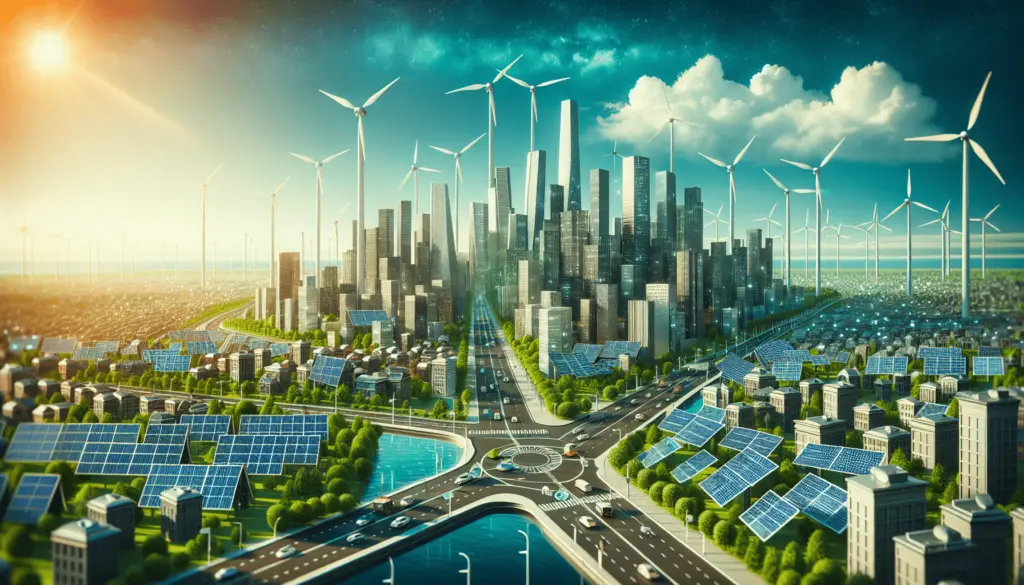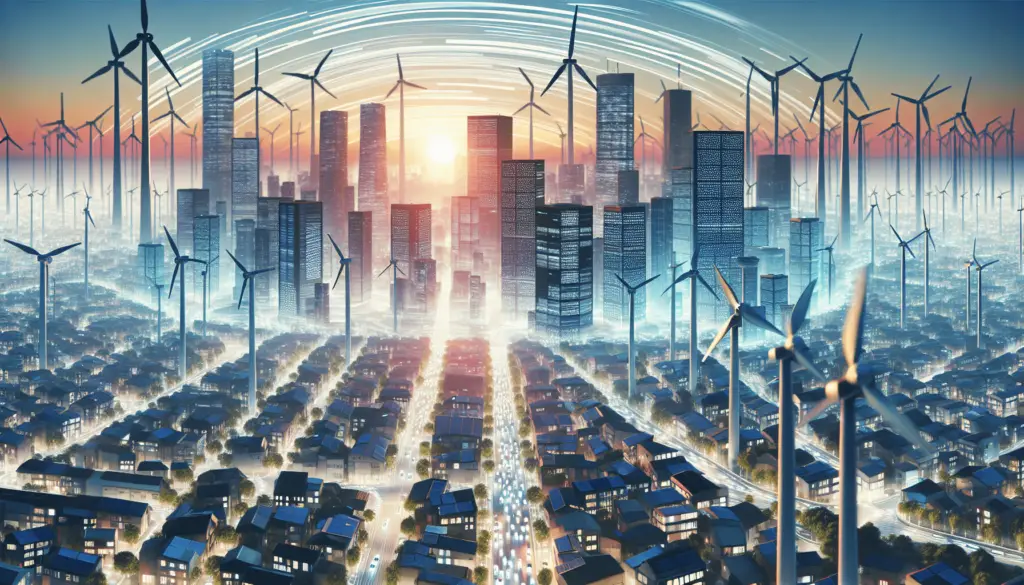Have you considered the benefits of a sustainable community energy system?
Building a sustainable community energy system has numerous benefits for both the environment and the community as a whole. Not only does it reduce carbon emissions, but it also promotes energy independence and resilience. In this article, we will explore different strategies that you can implement to create a more sustainable energy system for your community.
Assessing the current energy usage in your community
Before you can begin to develop a sustainable energy system for your community, it is essential to first assess the current energy usage. This involves examining where energy is being used, how much is being used, and identifying any inefficiencies or opportunities for improvement. By understanding the baseline energy consumption of your community, you can more effectively develop strategies to reduce overall energy demand.
Conducting a renewable energy resource assessment
Once you have a clear understanding of your community’s current energy usage, the next step is to conduct a renewable energy resource assessment. This involves identifying and evaluating the renewable energy resources available in your area, such as solar, wind, hydro, and biomass. By leveraging these local resources, you can reduce dependence on fossil fuels and create a more resilient energy system for your community.

Establishing energy efficiency goals and initiatives
Improving energy efficiency is a key component of building a sustainable community energy system. By setting specific energy efficiency goals and implementing initiatives to achieve them, you can reduce overall energy consumption and costs. This can include implementing energy-efficient lighting, appliances, and building design, as well as promoting energy conservation practices within the community.
Developing a community energy plan
A comprehensive community energy plan is essential for guiding the development and implementation of your sustainable energy system. This plan should outline specific goals, strategies, and timelines for transitioning to renewable energy sources and improving energy efficiency. It should also include mechanisms for engaging with stakeholders and securing funding for energy projects. By developing a clear roadmap for your community energy goals, you can ensure that everyone is on the same page and working towards a common objective.

Implementing renewable energy projects
One of the most impactful strategies for building a sustainable community energy system is to implement renewable energy projects. This can include installing solar panels on community buildings, developing wind farms, or investing in biomass energy production. By generating clean, renewable energy locally, you can reduce reliance on fossil fuels and create a more resilient energy system for your community.
Collaborating with local partners and stakeholders
Building a sustainable community energy system requires collaboration with a wide range of local partners and stakeholders. This can include government agencies, utilities, businesses, and community organizations. By working together towards a common goal, you can leverage the expertise and resources of different stakeholders to develop and implement effective energy solutions for your community.
Educating and engaging the community
Engaging and educating the community about the benefits of a sustainable energy system is crucial for its success. By raising awareness about energy conservation, renewable energy, and the importance of sustainability, you can inspire community members to take action and support your energy initiatives. This can include hosting workshops, providing resources, and implementing outreach campaigns to promote energy efficiency and renewable energy adoption.
Monitoring and evaluating progress
Once you have implemented strategies to build a sustainable community energy system, it is important to regularly monitor and evaluate progress towards your energy goals. This involves tracking energy consumption, renewable energy production, and cost savings over time. By analyzing data and assessing outcomes, you can identify areas for improvement and make adjustments to your energy plan as needed.
Conclusion
Building a sustainable community energy system is a complex but rewarding endeavor that requires careful planning, collaboration, and dedication. By assessing current energy usage, conducting renewable energy assessments, setting energy efficiency goals, and developing a community energy plan, you can create a more resilient and environmentally friendly energy system for your community. By implementing renewable energy projects, collaborating with local partners, educating and engaging the community, and monitoring progress, you can make a lasting impact on the future sustainability of your community. Start exploring these strategies today to build a more sustainable energy future for your community.
